A Look Back: That Golden Age of ski jumping
|
Published: 02-04-2024 7:27 AM
Modified: 02-06-2024 9:38 AM |
Erling Heistad came to Lebanon from Norway in 1923 and in a matter of a few months he set off a half century’s worth of excitement that would eventually establish a local Golden Age of what had been an obscure Scandinavian sport, ski jumping. For decades, Heistad, along with Roger Burt, of Hanover, and Bill Robes, of Etna, brainstormed the construction of facilities and spurred development programs for young competitors.
Their hard work and enthusiasm would lead to a time in the 1950s and 1960s when Lebanon and Hanover regularly turned out schoolboy, collegiate and internationally-recognized star ski jumpers, some of whom reached the Olympics. And Heistad, Burt and Robes managed to inspire legions of supporters for individuals and teams, and generated committed fans of the sport all over the Upper Valley area.
Heistad had been trained as an engineer and this background, along with his natural ability as a teacher, would serve him well as he plunged into generating interest in his native sport. In two years’ time he designed and built three jumps in Lebanon, including one on the steep bank of the Mascoma River behind what is now the Timken Aerospace factory. Youngsters slowly gained interest in ski jumping, and so did tobogganers who quickly learned that seated landings could be painful.
The Lebanon Outing Club was formed to foster participation in snow sports and by the early 1930s Heistad had designed and overseen construction of eight different jumps on hillsides around the community. Teams of aspiring jumpers would work on building each jump, and many members would be as young as fourth graders, for Heistad believed that if kids weren’t into the sport by age 10 they’d never amount to much as competitors later on.
Burt, a Hanover businessman, would have a similar interest in building up ski jumping in his town. He spent many hours with Heistad talking about jump design, and always advocated for building confidence in young jumpers. That meant having training hills where novices could master basic skills before being allowed to go off a competition-level jump.
Robes coached a generation of youngsters in Nordic sports in Hanover and at Kimball Union Academy in Meriden, which instituted jumping in its athletic program in the early 1930s. Several of KUA’s greatest jumpers of the 1930s all hailed from Lebanon, and two, Ike Townsend and Jason Densmore, would be fixtures in the Upper Valley’s Nordic skiing community in later life. Another was Eddie Gignac, a 5-foot, 4-inch daredevil on skis who was killed when his plane was shot down in Europe near the end of World War II.
The war years with restrictions on fuel and travel would stall the sport for the first half of the decade of the ’40s, but then it sprang back stronger than ever, leading to its peak for participation and competition in the years from 1946 to 1975.
Both Lebanon and Hanover High ski programs would yield a steady stream of stellar jumpers in those years. Heistad, Burt and Robes would continue to play leading roles in the sport and would be joined by a cadre of coaches who kept the pipeline of talent filled. There was Dr. David J. Bradley, a Hitchcock physician who for years worked with kids at a jump developed on land owned by artist Paul Sample in Norwich. Bradley is revered today for always insisting ski jumping be fun for all participants and for drawing in a fresh wave of newbies every year.
Article continues after...
Yesterday's Most Read Articles
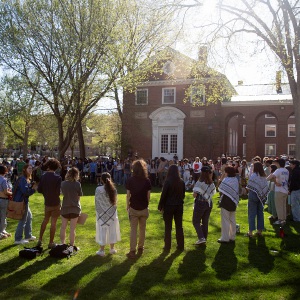 Dartmouth administration faces fierce criticism over protest arrests
Dartmouth administration faces fierce criticism over protest arrests
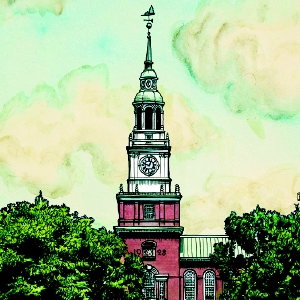 Three vie for two Hanover Selectboard seats
Three vie for two Hanover Selectboard seats
 A Look Back: Upper Valley dining scene changes with the times
A Look Back: Upper Valley dining scene changes with the times
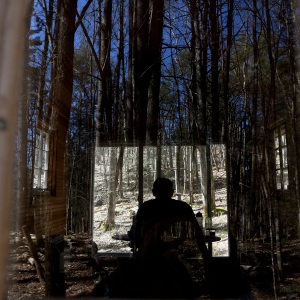 Norwich author and educator sees schools as a reflection of communities
Norwich author and educator sees schools as a reflection of communities
Al Merrill, who would become a legendary Dartmouth ski coach, worked with scores of youngsters at a jump that had been fashioned in Pine Park Gulley, not far from the big Dartmouth jump at the Vale of Tempe. Dartmouth Carnival afforded youngsters a close-up view of top collegiate talent but they’d be admonished to stay off the big jump no matter what. Storrs Hill was the prime instruction and training site in Lebanon, with kids jumping off a Heistad-designed scaffold.
Those years would become the stuff of many legends, especially about trips far from home to compete. There was the story of a time Heistad loaded six boys into a 1934 Model B Ford roadster, lashed skis to the fenders and drove off to a meet in far-off Lake Placid, N.Y.
The late Francis Maville, partner with his wife in the storied Muriel’s Donut Shop and onetime mayor of Lebanon, loved to tell about going with Heistad to White River Junction late on a Friday afternoon, boarding a train for Wells River, changing to a run through Woodsville and Littleton, N.H., to Berlin, N.H. They would jump all day Saturday and Sunday at the Nansen jump complex in Milan, N.H., then ride the rails back home, arriving early Monday morning.
Early in World War II, Army recruiters came around looking for ski jumpers to make into paratroopers, much as skiers were sought to build out the famed 10th Mountain Division.
Heistad’s paying job was running the industrial arts program at Lebanon High School where he taught generations metalworking and construction skills, but he found plenty of time to lavish on building and improving ski jumps and developing new participants year after year.
Burt ran a bustling printing business on Allen Street in downtown Hanover, but on the side became a renowned judge of jumping events. Often attired in a raccoon coat, he judged school, prep and collegiate events and became a certified official for national and international competition. He would have judged Olympics had he not died at an early age. A Roger Burt Memorial Jump on the Oak Hill ski area in Hanover pays tribute to his contributions to the sport.
Robes, a master furniture maker, became a legend in his own right, when he performed stunt ski jumps off a scaffold rigged up at a sportsmen’s show in Boston Garden in 1939. Not only did he leap, but he performed midair somersaults, for which he was paid $50 each time. He coached hundreds of youngsters in the sport at Kimball Union Academy and for the renowned Ford Sayre ski program in Hanover.
Burt and Robes were longtime friends and in 1970 they trekked together to the Holmenkollen in Norway, sort of the Super Bowl of Nordic ski sports, and there they enjoyed an audience with the King of Norway.
That Golden Age of ski jumping, the time roughly from the late 1930s to 1975, generated many, many Lebanon-Hanover area standouts with quite a few going on to star at the collegiate level and beyond. Two who warrant special mention are Roger Dion and Peter Robes. Both athletes came with a jumping pedigree — Dion with kin in the Ski Jumping Hall of Fame, and Robes, whose father was the aforementioned Bill.
Dion established himself early and would lead Lebanon High to successive state ski championships in the 1950s prior to graduating from LHS in 1957. He later competed at Kimball Union and the University of New Hampshire before time on the U.S. National Team and the 1964 Olympics. He married a figure skater from the British team. But he became best known for his starring appearance in a Prince Albert pipe tobacco television ad that ran on ABC Wide World of Sports and other televised sports programming for several years.
The ad showed Dion coming down a jump track and executing a perfect takeoff. Then he was freeze-framed in midair with a pipe clenched in his teeth while the voice-over started the Prince Albert pitch. Then he hit the landing and schussed over to the barrier fence where he embraced a beautiful snow bunny. The final seconds of the ad had him savoring a puff of Prince Albert in his pipe.
In later life he developed the Olympic RV park on Mascoma Lake in Lebanon and today he’s retired in Florida.
Robes graduated from Hanover High in 1967 after compiling an enviable record of wins on the New Hampshire schoolboy circuit. He would go on to the University of Wyoming where he won the NCAA jumping title and led his team to the national collegiate championship. Later Robes did stints coaching UNH, Harvard and Dartmouth jumpers and handled diverse duties with the national jumping team.
He developed the Quechee RV park in the 1980s and later moved to western North Carolina where today he develops and owns various RV park properties.
Did girls get into ski jumping back in the day? Yes, but not too many.
One who was good at it and wanted to participate in high school events was Donna Heistad, daughter of none other than Erling, patron saint of the sport in Lebanon. But in a shameful episode, Hanover High challenged her eligibility to enter state competition because she wasn’t a boy, and the New Hampshire Interscholastic Athletic Association denied her the opportunity to compete alongside her Lebanon teammates.
That Golden Age would grind down to almost oblivion in the late 1970s. Rising concern over liability forced closure of many recreational jumps and abandonment of the sport by schools and colleges. A serious injury to a jumper at the Nansen Jump brought media attention to the sports dangers and intensified the worries of athletic directors and school officials. Many jumps had deteriorated and repairs had become costly.
Sports programming at that time highlighted images of jumpers wiping out. And simultaneously college ski programs began filling their ranks with ringers from the Scandinavian countries, discouraging some from aspiring to continue the sport beyond high school.
A resurgence of the sport would come in the 1990s and early 2000s with newer, safer equipment, intensive coaching and rediscovery of its appeal to competitors and fans.
Steve Taylor was Hanover High School’s sports stringer for the Valley News 1954-56. He lives in Meriden.

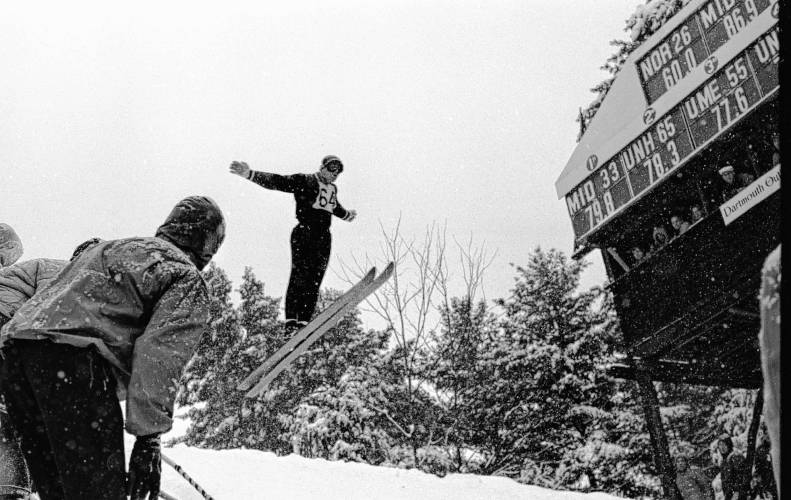
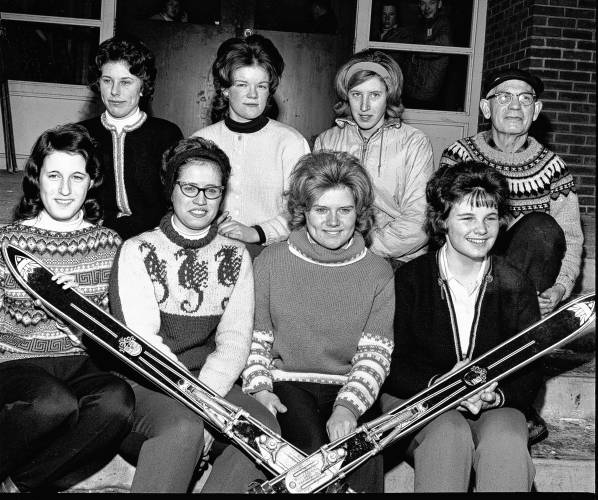
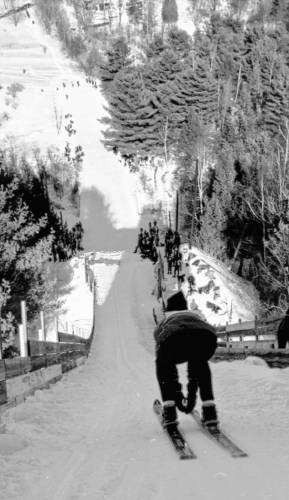
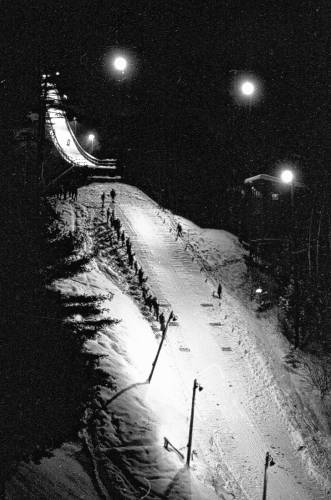
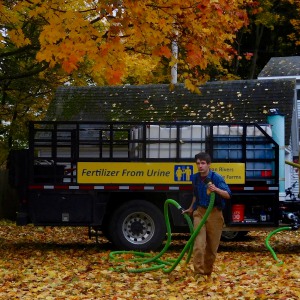 The future of fertilizer? Pee, says this Brattleboro institute
The future of fertilizer? Pee, says this Brattleboro institute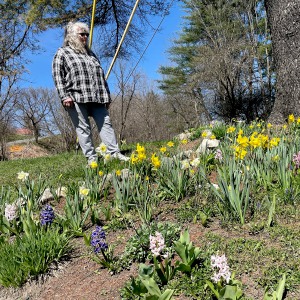 From dirt patch to a gateway garden, a Randolph volunteer cultivates community
From dirt patch to a gateway garden, a Randolph volunteer cultivates community 
